
8 Steps to Streamline Your RFP Process
Introduction The Request for Proposal (RFP) process, often viewed as cumbersome and time-consuming, remains a crucial tool in sourcing goods...
Get 20€ off on your first order!
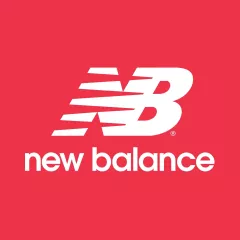

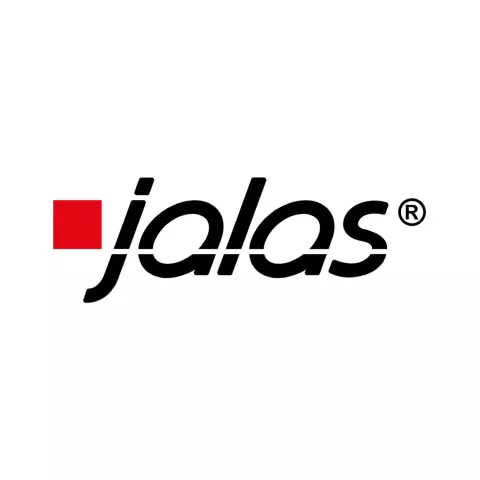
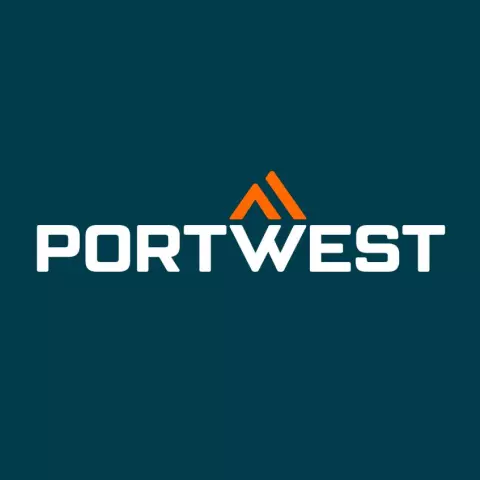



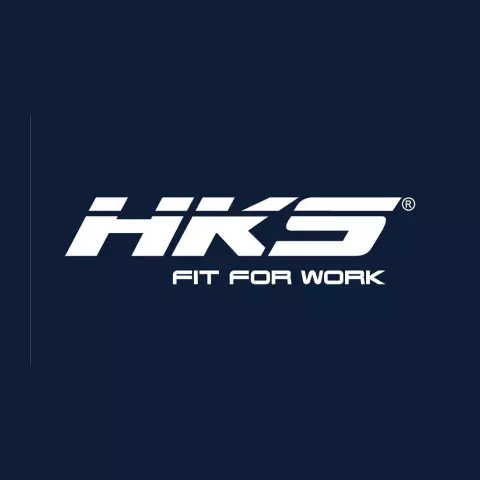


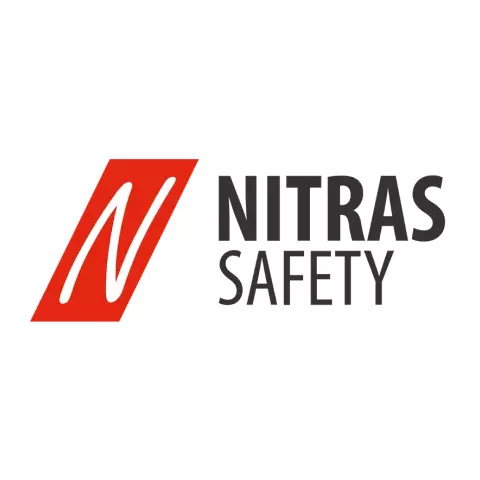




















Organizing and monitoring your company’s purchase paper trail can be defined as purchase orders management. There are five best techniques to streamline the process:
Businesses place thousands of orders for goods and services every year. Only a large network of suppliers provides everything your business needs to expand and run smoothly. The primary means of conveying these needs is the tried-and-true purchase order.
The major focus must be to keep an eye on the purchase order(PO), because of all these orders going through the system and the thousands of dollars spent on supplies every month.
When a company is handling thousands of orders at once, it is not sufficient to send an order and hope that everything works out as hoped.
Purchase order management is its system.
Let’s examine some specifics:
After reading this article, you will be equipped with the knowledge and skills necessary to establish and operate a PO management system that reduces costs saves time, promotes clarity, and facilitates improved decision-making.
A buyer can notify a supplier of their intention to buy products, raw materials, or services by using purchase orders. After the initial purchase requisition has been submitted and accepted, purchase orders become relevant.
The way to make sure that purchase orders are appropriately prepared and appropriately represent the intended purchase is through the purchase order management procedure. Additionally, this procedure keeps track of how orders are being placed, fulfilled, and delivered. It provides data insights into this aspect of the procurement process over time and tracks the accuracy of delivered goods versus the original purchase order.
Without a strong purchase order management system, your company would hardly be able to understand the projects and expenses that are generating the majority of its revenue.
Purchase order management has several important advantages.
Clearly defined expectations: In addition to being annoying, a lack of visibility can also be time-consuming. A well-defined purchase order procedure that delineates the respective roles and anticipations of every involved party mitigates ambiguity and facilitates mutual understanding of the subsequent actions. Keeping everyone informed is critical for a medium-sized or enterprise business that makes hundreds or thousands of purchases from suppliers.
Explicit expectations: Being invisible can take a long time, in addition to being bothersome. A clear and concise purchase order process that outlines the responsibilities and expectations of each party reduces uncertainty and promotes agreement over the next best course of action.
Decreased errors: Double-checking is a crucial part of purchase order management. Many order and invoice issues can be avoided by creating alternative approval paths for stakeholders inside and outside the company. Spending is cut and processing times are accelerated by lowering exceptions on supplier invoices.
Fewer delays: In a world where just-in-time delivery and ever-more-complex supply chain management are crucial, fewer delays are critical. With effective buy-order administration, buy-order misunderstandings and the associated processing delays can be greatly reduced, if not eliminated.
Improved quality of the product: By taking your time to complete the ordering, shipping, and payment information, you can achieve a speedier time to fulfillment. When everything is double-checked, suppliers dispatch goods more quickly, and accounts payable may pay invoices without searching for additional information.
Improved spending management: Paying careful attention to your orders is directly linked to spending control. Maverick spending and needless order additions are reduced when authorized managers and internal purchasers communicate about purchases. Keeping everyone informed about expenses and spending caps helps to maintain focus on the crucial objective of maximizing expenditures.
Process improvement: Regular communication might also point up places where the ordering procedure needs to be made better. By formalizing the process, you can leverage stakeholder feedback to improve iteratively and even further.
Remember these recommended practices while creating a new purchase order management process or optimizing an existing one.
Establish a transparent process: A well-defined procedure that is adhered to every purchase is the foundation of effective purchase order management. All that is required for the process to be reliable and simple is that it be simple.
Obtain comfort from both inside and external sources of the organization: Talking about requests and revisions can help both sides achieve their objectives and make sure that everyone is aware of their responsibilities and requirements. All parties concerned may ensure accurate and timely delivery and provide revisions as necessary by verifying the items, price, and quantity specified on the purchase order.
Verify and validate further after the PO is received to ensure quality upon delivery: As soon as you receive the items, inform others about their quality and condition. Keep an eye out for any variations in quality, and collaborate with the supplier to make sure problems are fixed and deviations are recognized.
Track and report on spending: Analysing your purchase data is crucial for future applications, even though the timely and accurate delivery of goods is the main goal of PO administration. By using the buy order management system as a lifecycle management benchmark, you can assess the overall efficacy of your procurement and purchase processes and identify areas that require improvement.
Consider using technology: When a buy order system is implemented, many of the tracking and verification processes that comprise a successful buy order management strategy become automated. An audit trail facilitates the retrieval of purchase orders, enhancing the efficacy of reporting and yielding superior outcomes.
The process of writing and producing purchase orders is made easier by technology. With the right software, you can track delivery estimates, and buy status, expedite the approval process, and enhance supplier management—all without ever creating another spreadsheet.
Here are a few examples of how implementing PO management software might enhance your workflow.
Simplifying approvals: Pursuing permits and following up need a substantial amount of time in a manual PO procedure. Investing in software can help you bypass the email approval bottleneck, respond to inquiries promptly, and automatically route approvals through the appropriate individuals.
Real-time tracking: Automation gives all involved parties complete process visibility, including notifications for approval, fulfillment, and delivery. Everyone has access to the data they require to carry out their responsibilities and maintain the flow of material orders. This helps with inventory management and enhances delivery results.
Centralized Data: If data is kept centrally, users won’t have to go through documents looking for the answers to their queries. Procurement software allows users to swiftly access all available supplier and order data in a database and automate the buy-order process. You can find all pertinent information by using dynamic search. This data management strategy minimizes the requirement for human data entering by establishing automated contract management.
Speeding Processing: Processing speed is significantly increased when responses are given in a matter of seconds and permissions are granted automatically. Orders are completed and dispatched days or weeks faster than they would be if done by hand.
Improving reporting: An automatic and crucial feature of a purchase order management system is reporting. With just a few clicks, the platform’s reporting features can extract and visualize data.
Saving money: Cost savings are the main result of all the process improvements that have already been covered. Purchasing an order processing system lowers unnecessary expenses, payment problems, and human mistakes, which benefits the bottom line.
Thank you! You've signed up for our newsletter.











Introduction The Request for Proposal (RFP) process, often viewed as cumbersome and time-consuming, remains a crucial tool in sourcing goods...

Introduction: Business Process Outsourcing (BPO) has transformed from a simple cost-saving measure to a strategic asset for companies of all...

Introduction: In business, “procurement” and “purchasing” are commonly used interchangeably, but they are different functions with different goals and processes....

Introduction The Request for Proposal (RFP) process, often viewed as cumbersome and time-consuming, remains a crucial tool in sourcing goods...

Introduction: Business Process Outsourcing (BPO) has transformed from a simple cost-saving measure to a strategic asset for companies of all...

Introduction: In business, “procurement” and “purchasing” are commonly used interchangeably, but they are different functions with different goals and processes....
Get 20€ off on your first order!
Save 30% by buying directly from brands, and get an extra 10€ off orders over €100
Save 30% by buying directly form brands, and get an extra 10€ off orders over €100